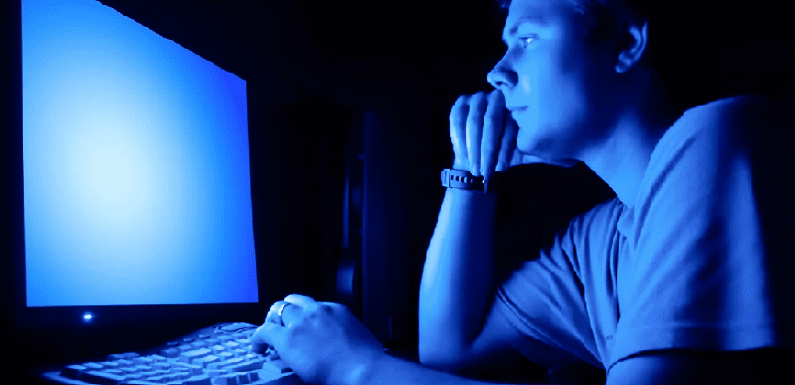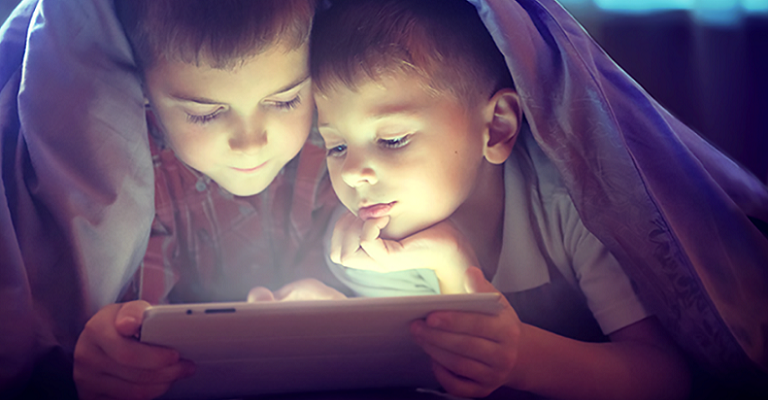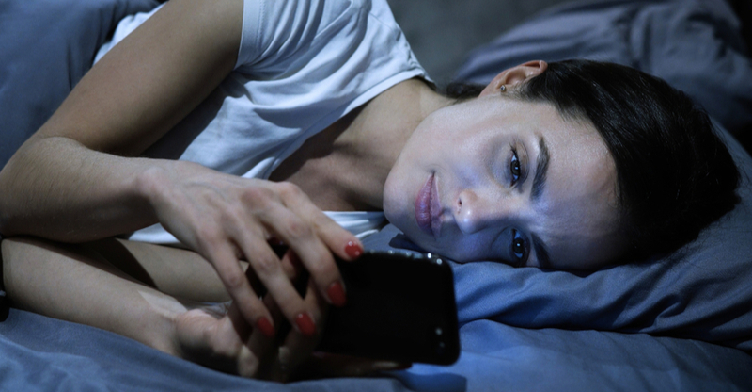
Monitors have become crucial to some of our work lives together with, over the past year with response to COVID-19, this social lives, way too. According to Nielsen info from July 2019, the average American gets to spend more than 11 a long time each day interacting with electronic digital media.
And that’s only increased within the last year. Nearly 94 percent of people surveyed said they’ve improved their screen time period since lockdown started out in March 2020, according to a December 2020 study produced in the Indian Newspaper of Ophthalmology. Even more screen time suggests there’s been an important increase in orange light exposure.

Blue Light Characterization
What is red light? “All that light we discover is made up of different wavelengths of light. Confident wavelengths show confident colors. Blue lightweight has the shortest wavelength and the highest electrical power, according to UC Davis Health in Carolina. It vibrates concerning 380 and 500 nanometers.
Options for Blue Light
Blue light with screens is usually what folks are referring to as soon as talking about blue gentle exposure. But monitors aren’t the only origin.
We see green light in almost everything we do — it’s practically within everything. About one-third of all visible lighting is blue brightness, according to UC Davis Health. The most all natural source is natural light, but LED Tv sets, fluorescent lights, mobile phone handsets, tablets, and pcs emit blue light-weight, too.
Other kinds of Light relating to the UV Spectrum
Red, orange, orange, green, blue, indigo, and violet comprise the visible selection of light, in accordance with the National Center of Atmospheric Research.
Insurance coverage has a unique electricity and wavelength, using longer wavelengths meant for red and quicker wavelengths for azure. Lights that have more time wavelengths than people in the visible range are called infrared light, and those by means of shorter wavelengths are generally called ultraviolet (UV) light, according to Stanford Solar Center.
That UV spectrum is usually broken down into a few groups, according to Stanford Solar Center:
- UV-A: The following light — from time to time called “black light” — has the greatest wavelength and factors the least amount of trouble for the eyes.
- UV-B: This can be the light that can regularly lead to sunburn.
- UV-C: This can be a most damaging version of light and is implemented as a disinfectant around food, air, and additionally water.

Blue Lightweight Benefits
Quite often, you hear approximately blue light within a negative context. Nevertheless blue light comes with some positive aspects, as well. Just think about how cracking open the blinds every day and letting sun come in helps you come to feel energized and up. According to the advocacy in addition to research organization Stop Blindness, blue lumination may help:
- Promote alertness
- Boost random access memory and cognitive purpose
- Increase mood
- Regulate circadian habit to enhance healthy sleeping
As soon as used therapeutically, purple light may also help along with certain skin factors, such as acne, sunshine damage, and nonmelanoma skin cancers, using the Cleveland Clinic.
Potential Dangers with Blue Light
On the other hand, too much violet light exposure can result in a few issues.
- Sleeping Disruption Exposure to blue light source can mess with ones circadian rhythm, that can negatively affect nap. According to a January 2019 systematic assessment published in Chronobiology International, taking in pink light for two a lot of time at night suppresses output of melatonin, that’s the hormone which you feel drowsy along with helps you go to sleep. Orange light essentially tips your body into considering it’s daytime, making sleep harder to return by, according to the Nap Foundation.
- Eye Pressure Consistent with UC Davis Wellness, you may experience handheld eye strain because of looking at screens to get too long due to the fact that will blue light scatters more easily than many other lights, which can lower contrast.It’s but not just blue light that’s the issue. The way people use screens additionally contributes to eye pressure. When we’re with these devices, we end up zombies. We don’t blink as much as everyone do in usual conversation, and so the big eyes dry out. According to the Imaginative and prescient vision Council, nearly 6 out of 10 North American adults report suffering from digital eye demand symptoms, such as head aches and dry vision.This discomfort is usually temporary and constantly subsides after you measure away from the display, according to the American Academy of Ophthalmology.
Additionally you can be curious about when exposure to blue mild harms your skin. Sorry to say, it’s too soon to know. A December 2018 paper published inside Journal of Biomedical Physics and Executive noted that the long-term effects of glowing blue light on skin color are not fully referred to yet.
Screen time can be a concern for many today. And while that comes with amplified blue light subjection, you’ve been confronted with blue light just about all along.
Blue light is everywhere — it’s not just in the computer screens. Red light is often rough as dangerous, nevertheless it’s unlikely to help cause any long-term issues. Digital observation strain is serious, however. Taking recurrent breaks, adjusting this contrast on your fire screens, keeping devices concerning 2 feet faraway from your eyes, and even using artificial crying if dry little brown eyes are bothering you may help provide aid.